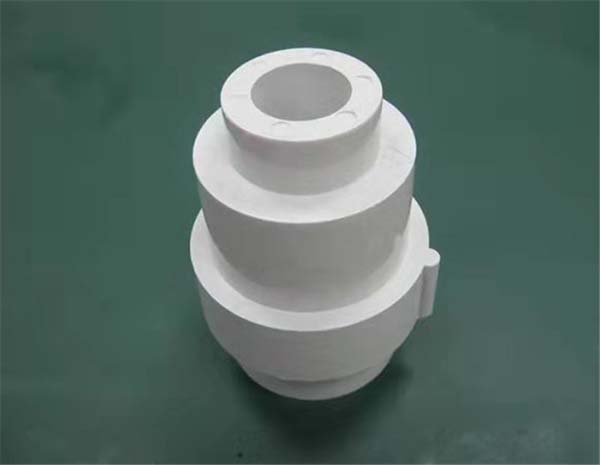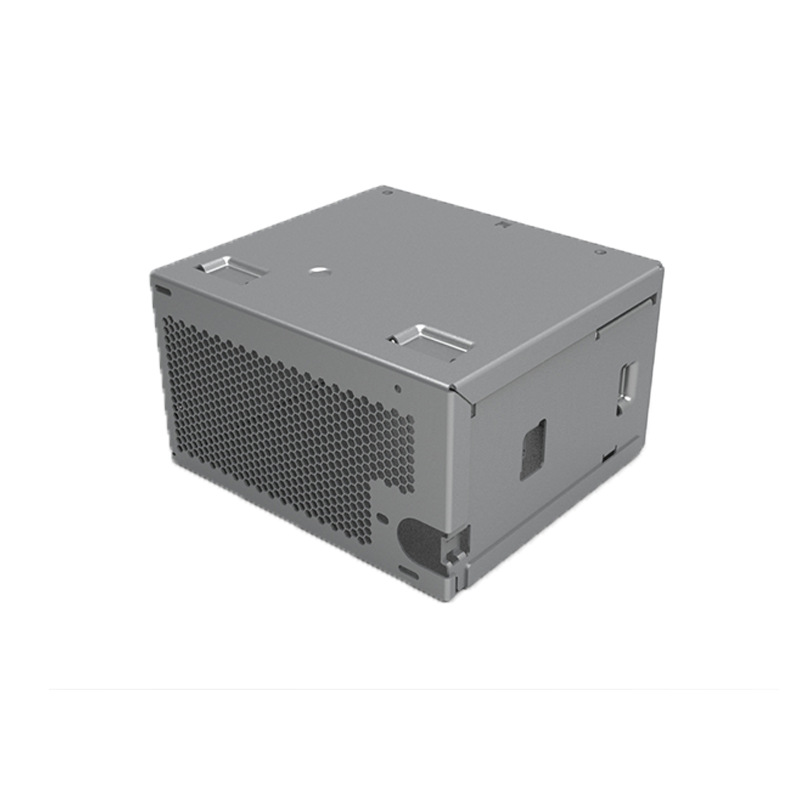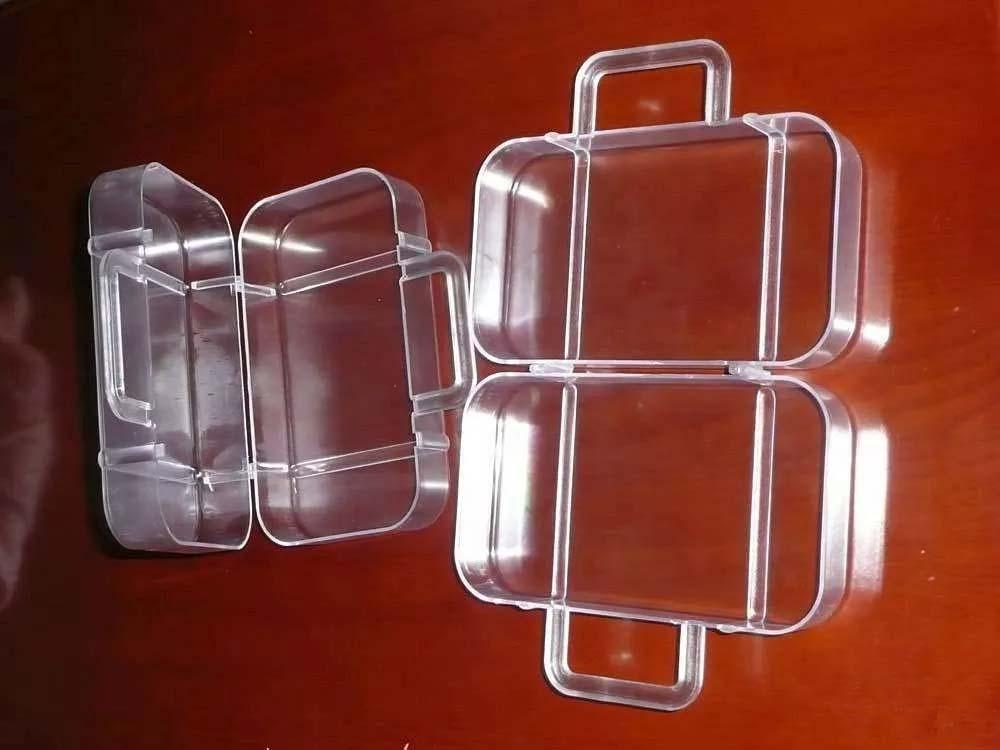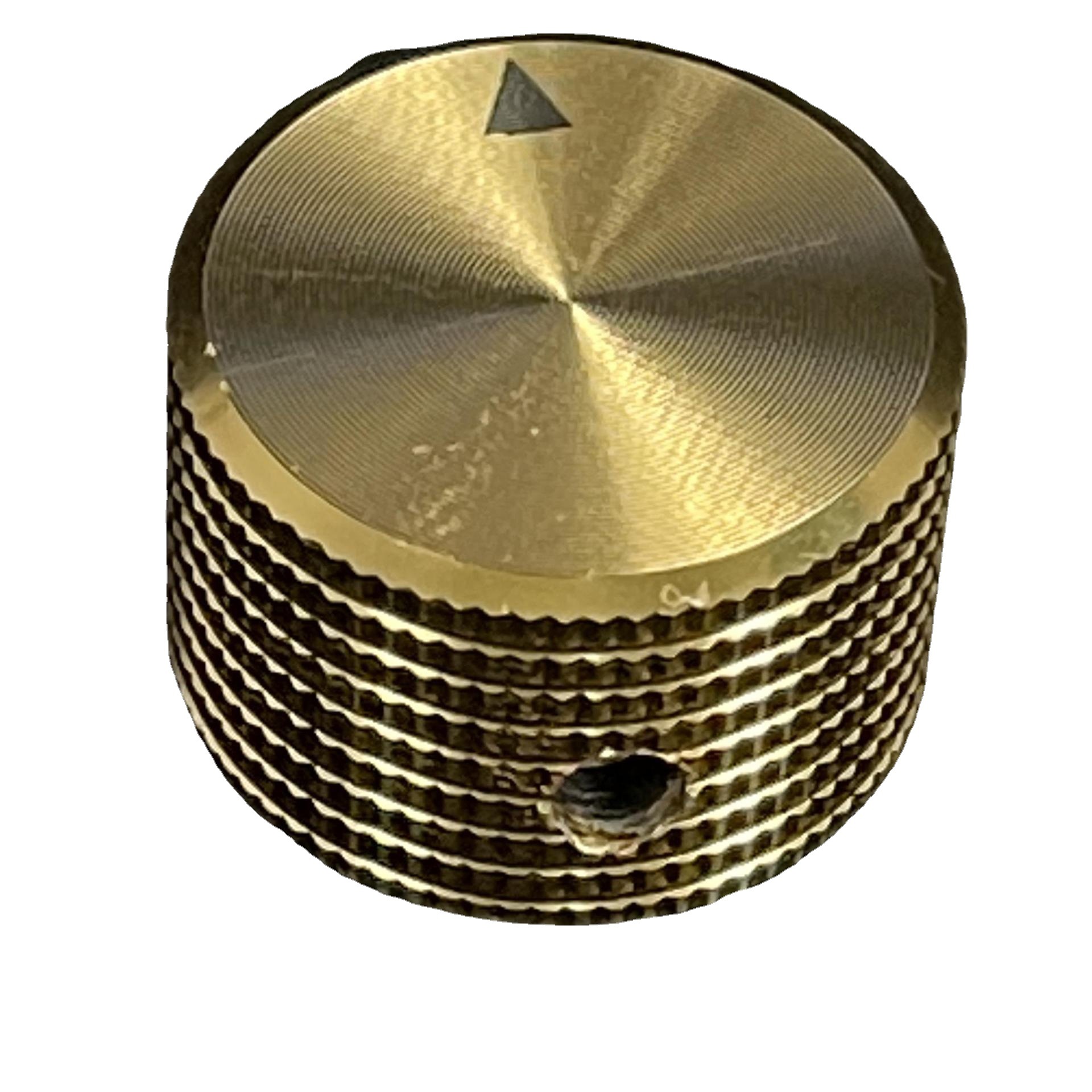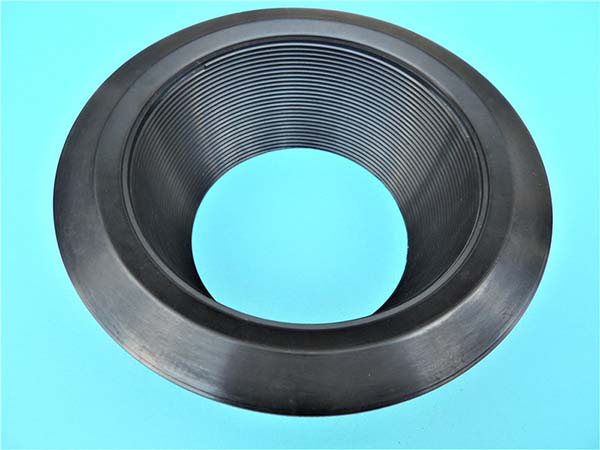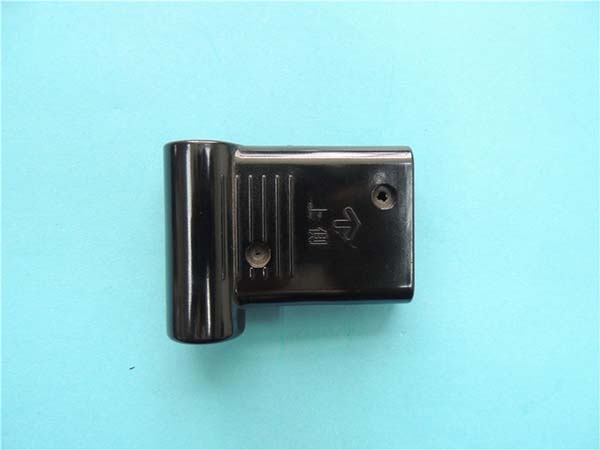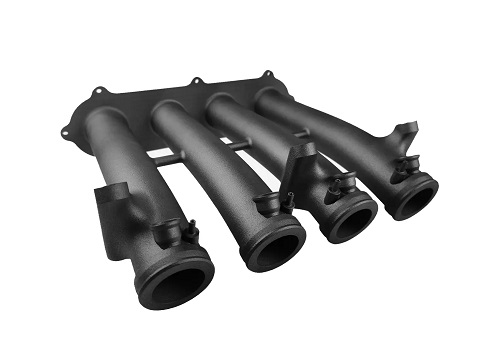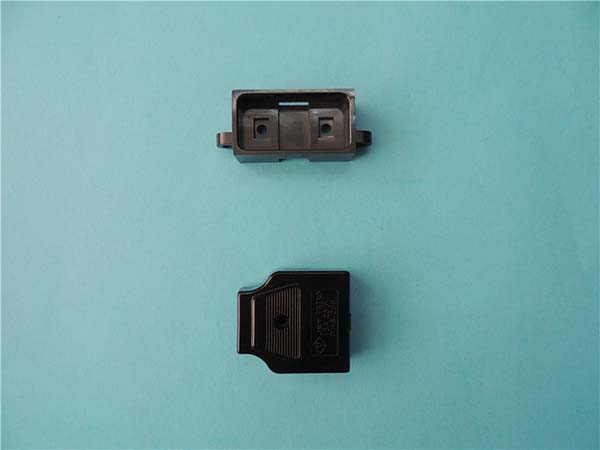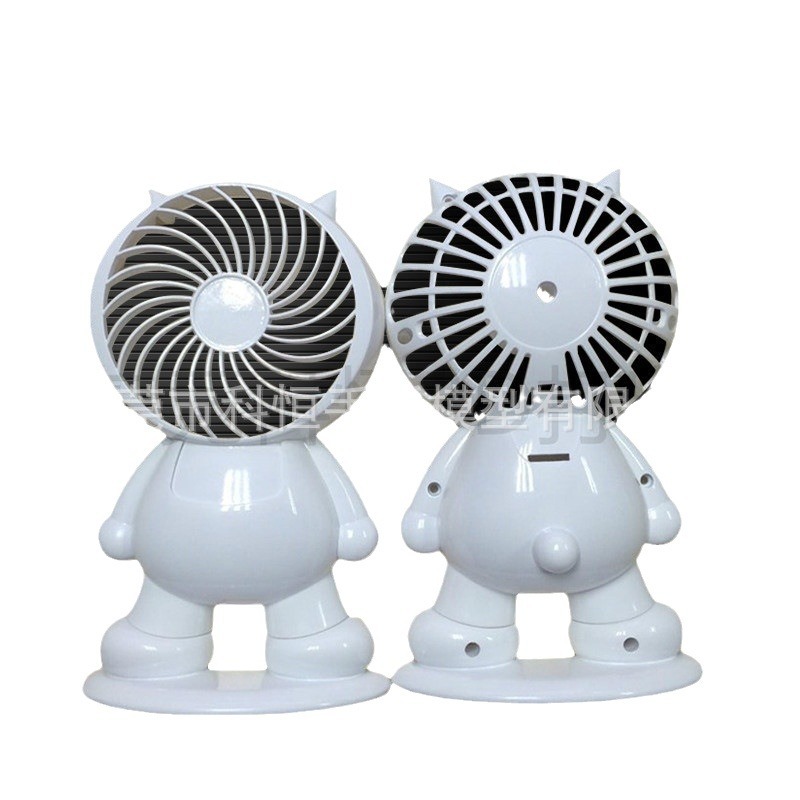What is Additive 3D Printing?
Additive 3D printing, also known as additive manufacturing, is a revolutionary technology that creates three - dimensional (3D) objects by adding material layer by layer, as defined by the American Society for Testing and Materials (ASTM). This process is the opposite of traditional subtractive manufacturing methods, which remove material from a larger block to form the desired shape.
The process begins with a digital 3D model, typically created using computer - aided design (CAD) software or obtained from a 3D scanner. This digital model serves as the blueprint for the 3D printer. The model is then sliced into thin cross - sectional layers by specialized software. Each layer represents a horizontal slice of the final object, and the printer reads the data from these slices to deposit material precisely.
For example, in a fused deposition modeling (FDM) 3D printer, which is one of the most common types, a spool of thermoplastic filament (such as PLA or ABS) is fed into an extruder. The extruder heats the filament until it becomes molten and then extrudes it through a small nozzle. The nozzle moves in a precise pattern, depositing the molten plastic layer by layer onto a build platform, gradually building up the 3D object.
Another type, stereolithography (SLA), uses a vat of liquid photopolymer resin. A high - precision laser beam traces the shape of each layer onto the surface of the resin, curing and solidifying the resin in the desired pattern. After each layer is cured, the build platform is lowered slightly, and a new layer of resin is spread over the previously cured layer, repeating the process until the entire object is complete.
How Does Additive 3D Printing Work?
1. The Key Elements
Additive 3D printing relies on three key elements: a digital file, a 3D printer, and materials.
Digital File: This is the virtual blueprint of the object you want to create. It is usually created using CAD software. For instance, if you're designing a custom - made phone case, you would use CAD to define its shape, size, and any unique features like cut - outs for buttons or a built - in stand. The digital file contains all the geometric data that the 3D printer needs to build the object layer by layer.
3D Printer: It is the physical device that brings the digital model to life. Different types of 3D printers use various technologies. For example, a fused deposition modeling (FDM) printer is popular for hobbyists and small - scale production. It has a heated extruder that melts and deposits filament material. A selective laser sintering (SLS) printer, on the other hand, uses a high - power laser to sinter powdered materials, such as plastics or metals, together.
Materials: The choice of materials depends on the type of 3D printer and the intended use of the printed object. Common materials for FDM printers include polylactic acid (PLA), which is biodegradable and easy to print with, and acrylonitrile butadiene styrene (ABS), known for its strength and durability. SLS printers can work with materials like nylon powder, which results in strong, functional parts. In metal 3D printing, materials such as titanium alloy are used for applications in aerospace and medical industries due to their high strength - to - weight ratio and biocompatibility.
2. The Printing Process
The 3D printing process can be divided into four main steps: modeling, slicing, printing, and post - processing.
Modeling: As mentioned before, this is the stage where you create the 3D digital model. If you're designing a new product from scratch, you'll use CAD software. For example, an industrial designer might use software like Autodesk Fusion 360 to design a new prototype of a product. If you want to replicate an existing object, you can use a 3D scanner to capture its shape and generate a digital model.
Slicing: Once you have the 3D model, you need to slice it into thin layers. Specialized slicing software takes the digital model and divides it into horizontal cross - sections. The thickness of each layer can be adjusted; a smaller layer thickness generally results in a higher - quality print but also increases the printing time. For example, a layer thickness of 0.1 mm will produce a smoother surface finish compared to 0.3 mm, but it will take longer to print. The slicing software also generates a G - code, which is a set of instructions that the 3D printer can understand.
Printing: The 3D printer reads the G - code and starts depositing material layer by layer according to the instructions. In an FDM printer, the extruder moves in a precise pattern, depositing molten plastic filament onto the build platform. As each layer is laid down, it bonds with the previous layer. In a stereolithography (SLA) printer, a laser cures a liquid resin layer by layer to form the object. The printer builds the object from the bottom up, gradually creating the 3D structure.
Post - processing: After the printing is complete, the printed object often requires some post - processing. This can include removing support structures, which are temporary structures printed along with the object to provide support during the printing process. For example, if you print a complex object with overhanging parts, support structures are needed to prevent the overhangs from collapsing. Once the support structures are removed, the object may be sanded, polished, or painted to improve its appearance and functionality. In metal 3D printing, post - processing may also involve heat - treating the part to improve its mechanical properties.
What are the Main Technologies in Additive 3D Printing?
There are several key additive 3D printing technologies, each with its own unique characteristics. Here are some of the most common ones, presented in a comparative table:
| Technology | Principle | Common Materials | Advantages | Disadvantages |
| Fused Deposition Modeling (FDM) | Melts thermoplastic filament and extrudes it layer by layer through a nozzle | PLA, ABS, PETG, Nylon | Low - cost entry, easy to use, wide range of available filaments, suitable for hobbyists and small - scale production; safe operation environment as materials are non - toxic, and high material utilization rate with various affordable filament options | Slow printing speed, relatively low precision (±0.1 - 0.4mm), rough surface finish, need to design and remove support structures for complex shapes |
| Stereolithography (SLA) | Cures liquid photopolymer resin layer by layer using a UV laser | Photopolymer resins | High precision (up to ±0.05mm), smooth surface finish, suitable for creating detailed models and prototypes; fast 成型 speed and stable system operation | High - cost equipment and materials, resin is sensitive to light and temperature, models may require support structures which need to be removed carefully |
| 3D Printing (3DP, also known as binder jetting) | Deposits a liquid binder onto a bed of powder material layer by layer to form the object | Powder materials like plaster, sand, metal powder | Can create large - scale objects, relatively fast printing speed, suitable for applications such as architecture and large - scale prototypes; wide range of applicable powder materials | Low strength of the printed parts in some cases, may require post - processing like infiltration to improve strength, and the surface finish may be affected by the powder - binder combination |
| Selective Laser Sintering (SLS) | Uses a laser to sinter powdered materials (such as plastics, metals, ceramics) together layer by layer | Nylon powder, metal powder, ceramic powder | No need for support structures as the unsintered powder supports the model, can use a variety of materials, high material utilization rate; suitable for creating strong and functional parts | High - cost equipment and materials, long processing time (including pre - heating and cooling), rough surface finish which may require post - processing, and the sintering process may produce odors |
Yigu Technology's View
As a non - standard plastic metal products custom supplier, Yigu Technology sees additive 3D printing as a game - changer in non - standard product manufacturing.
Firstly, in terms of production efficiency, additive 3D printing significantly reduces lead times. Traditional manufacturing methods often require complex tooling and long - term production processes for non - standard parts. With 3D printing, Yigu Technology can start production directly from a digital model. For example, for a custom - designed plastic connector, the traditional method might take weeks due to the need for mold making, while 3D printing can complete the production in a matter of days, allowing for faster product delivery to clients.
Secondly, regarding product design, additive 3D printing offers unparalleled design freedom. Designers at Yigu Technology are no longer restricted by the limitations of traditional manufacturing processes. They can create intricate geometries and lattice structures that were previously impossible or extremely difficult to produce. This not only enables the creation of more innovative products but also allows for better optimization of product performance. For instance, in the design of metal brackets, 3D printing can be used to create internal hollow structures with optimized ribbing, reducing the weight of the part without sacrificing its strength.
In conclusion, Yigu Technology believes that additive 3D printing has the potential to revolutionize the non - standard plastic and metal products manufacturing industry by enhancing production efficiency and enabling more creative and efficient product designs.
FAQ
1. What materials can be used in additive 3D printing?
Common materials for additive 3D printing include metals like titanium alloy, stainless steel, which are known for their high strength and are often used in aerospace and automotive industries. Plastics such as PLA (biodegradable and easy to print, great for hobbyist projects) and ABS (durable, suitable for functional prototypes). Ceramics can be used to create heat - resistant and chemically - stable parts, while resins in SLA 3D printing can produce high - precision, detailed models. Each material has its unique properties, making them suitable for different applications. For example, PLA is popular for its environmental - friendliness and ease of use in educational settings, while titanium alloy is crucial for aerospace components due to its high strength - to - weight ratio.
2. Is additive 3D printing suitable for large - scale production?
Additive 3D printing has both advantages and limitations for large - scale production. On the plus side, it allows for mass customization, reducing the need for large inventories as products can be printed on - demand. It also has a relatively short setup time, which is beneficial for small - batch, high - variety production runs. However, currently, 3D printing is often slower compared to traditional mass - production methods like injection molding. Also, the cost of materials and equipment can be high in large - scale operations. It may be most suitable for large - scale production when the products have complex geometries that are difficult or expensive to produce with traditional methods, or when there is a need for highly customized products in relatively small volumes. For instance, in the production of custom - designed prosthetics, 3D printing can meet the individual needs of patients on a large scale.
3. How to ensure the quality of 3D printed products?
To ensure the quality of 3D printed products, start by choosing the right materials and technologies according to the product requirements. For example, if you need a high - precision product, SLA might be a better choice than FDM. Optimize the printing parameters such as layer thickness, printing speed, and temperature. A thinner layer thickness usually results in a smoother surface finish. After printing, post - processing is crucial. This can include removing support structures carefully to avoid damaging the part, sanding to smooth the surface, and heat - treating for metal parts to improve mechanical properties. Additionally, perform quality checks like dimensional accuracy measurements and mechanical property tests to verify that the product meets the required standards.
